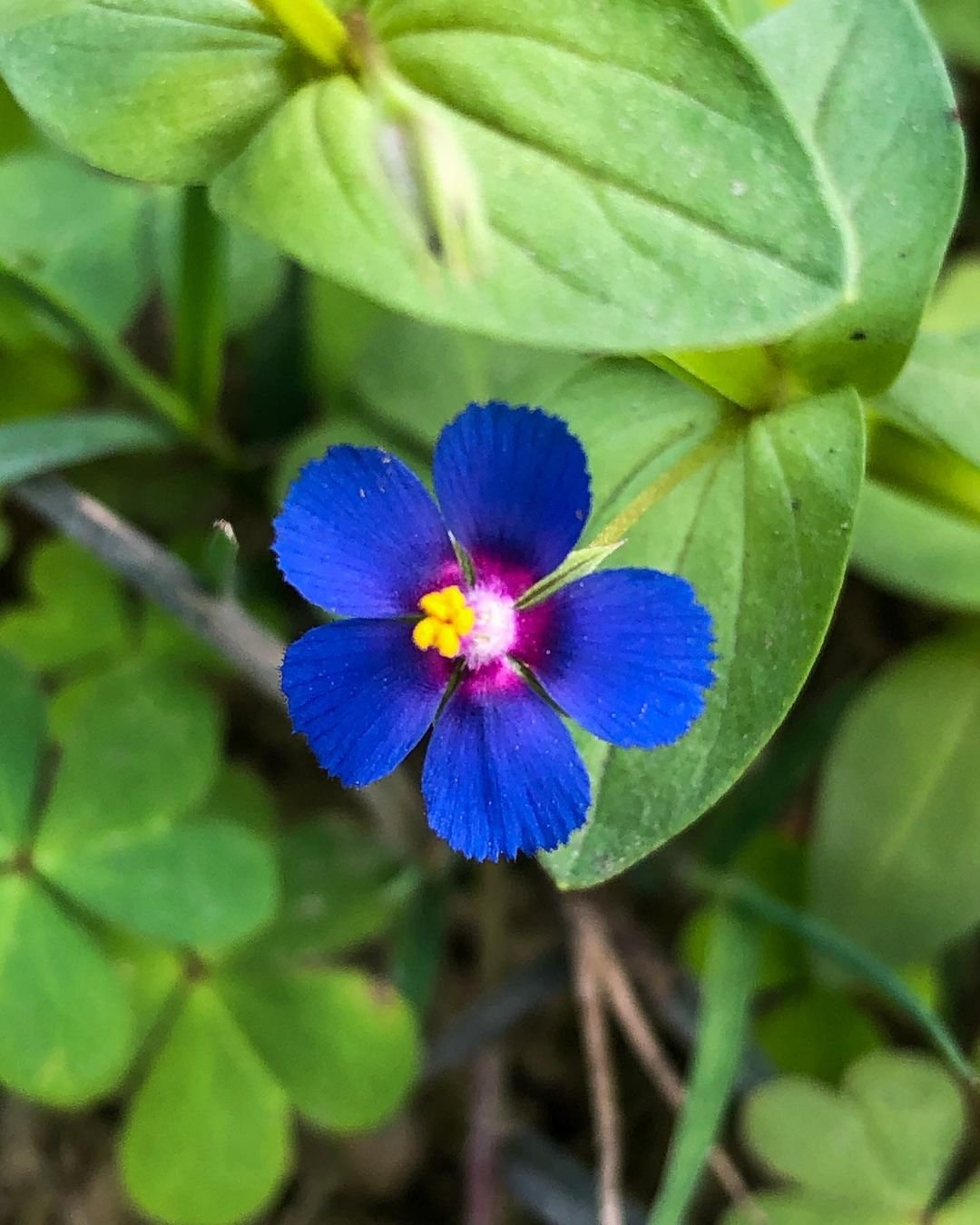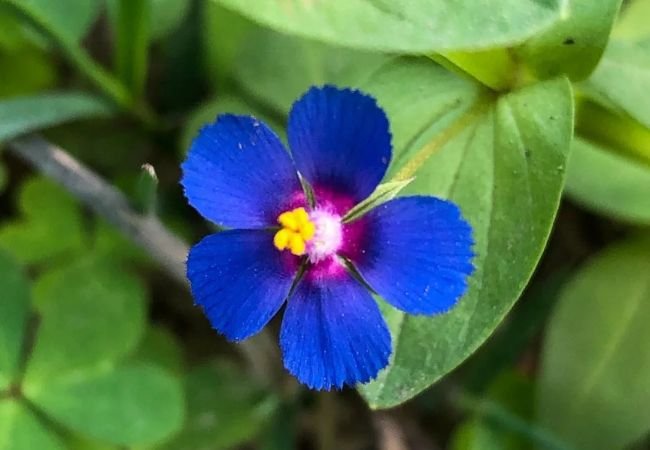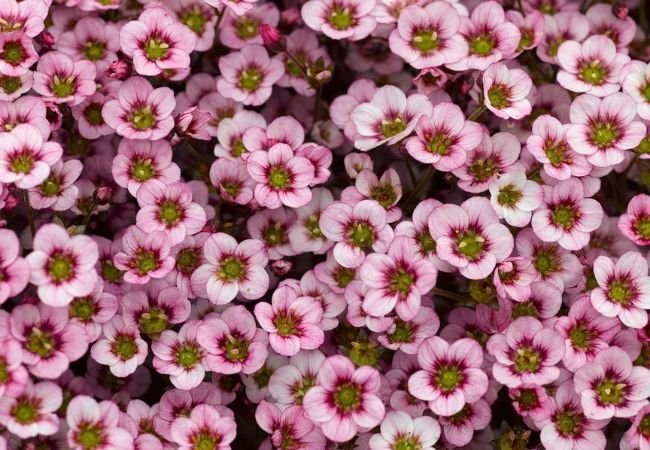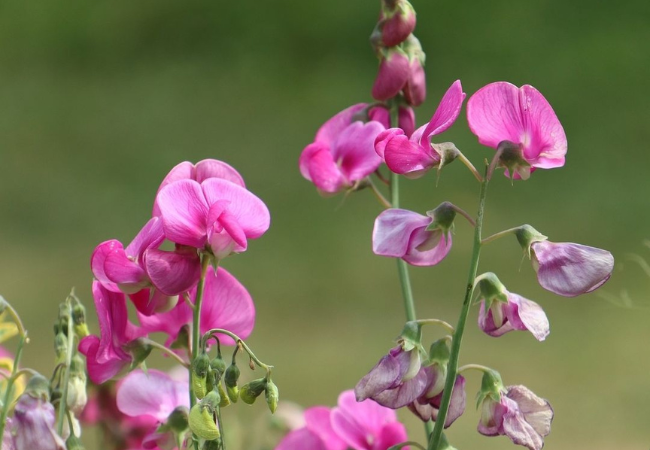Explore the world of Pimpernel flowers – delicate wildflowers with a rich history and surprising uses. Learn how to grow and appreciate these often-overlooked garden gems.
Pimpernel flowers, also known as Anagallis, are small but captivating wildflowers that often go unnoticed. These charming plants have a fascinating history and can add a touch of natural beauty to gardens. In this article, we’ll dive into the world of Pimpernel flowers and discover why they’re worth a closer look.
Pimpernel flowers, also known as Anagallis, come in several species. Here’s a detailed chart for Pimpernel flowers:
| Category | Information |
|---|---|
| Botanical name | Anagallis spp. |
| Common name | Pimpernel |
| Plant type | Annual or perennial |
| Hardiness zone | Zones 7-11 |
| Sun exposure | Full sun to part shade |
| Soil type | Well-drained soil |
| Watering | Moderate |
| Growth habit | Spreading, low-growing |
| Height/Spread | 6-12 inches tall, 6-12 inches wide |
| Special features | Small, star-shaped flowers in shades of blue, pink, or red; blooms from late spring to early fall; attracts butterflies; deer resistant |
What are Pimpernel Flowers?

Pimpernel belongs to the genus Anagallis in the Primulaceae family. These low-growing plants are native to parts of Europe, Asia, and North Africa, but some species have spread worldwide. Pimpernels are known for their small, colorful flowers that open in sunny weather and close when it’s cloudy or rainy.
Common Types of Pimpernel
- Scarlet Pimpernel (Anagallis arvensis) The most well-known species, featuring bright red or orange flowers.
- Blue Pimpernel (Anagallis foemina) Similar to scarlet pimpernel but with blue flowers.
- Bog Pimpernel (Anagallis tenella) A delicate pink-flowered species found in damp habitats.
The Pimpernel in History and Culture
Pimpernels, especially the scarlet variety, have an interesting place in history:
- Weather forecasting Pimpernels close their flowers before rain, earning them the nickname “poor man’s weather glass.”
- Literature The scarlet pimpernel inspired the famous novel by Baroness Orczy, set during the French Revolution.
- Traditional medicine Some cultures have used pimpernel in herbal remedies, though caution is advised due to potential toxicity.
Growing Pimpernel Flowers
While often considered wildflowers, pimpernels can be cultivated in gardens:
- When to plant Sow seeds directly in the garden in spring after the last frost.
- Where to plant Choose a spot with full sun to partial shade and well-draining soil.
- Soil requirements Pimpernels prefer slightly acidic to neutral soil. Learn about soil pH from the University of Minnesota Extension.
- Planting Scatter seeds on the surface of prepared soil and lightly press them in.
- Care Water regularly until established. Pimpernels are generally low-maintenance plants.
Pimpernel in the Garden
Pimpernels can add charm to various garden settings:
- Wildflower meadows Include pimpernel seeds in wildflower mixes for natural-looking areas.
- Rock gardens Low-growing pimpernels fit well among rocks and in crevices.
- Container gardens Grow pimpernels in pots or hanging baskets for a delicate touch.
Ecological Benefits of Pimpernel
Despite their small size, pimpernels play a role in ecosystems:
- Pollinator attraction The flowers provide nectar for various insects, including bees and butterflies.
- Biodiversity As native wildflowers in some regions, pimpernels contribute to local plant diversity.
Pimpernel Lookalikes and Relatives
Some plants are often confused with pimpernels:
- Chickweed Similar in growth habit but with white flowers.
- Speedwell Another low-growing plant with small, often blue flowers.
Pimpernel flowers may be small, but they offer a world of interest for gardeners and nature enthusiasts. Whether you’re creating a wildflower garden, looking for weather prediction folklore, or simply appreciating the beauty of tiny blossoms, pimpernels have something to offer. These charming plants remind us that sometimes, the most fascinating garden inhabitants come in small packages.
For more information on wildflowers and native plants, visit the Lady Bird Johnson Wildflower Center.
For more gardening tips and plant care guides, visit usagardenhub.com.






